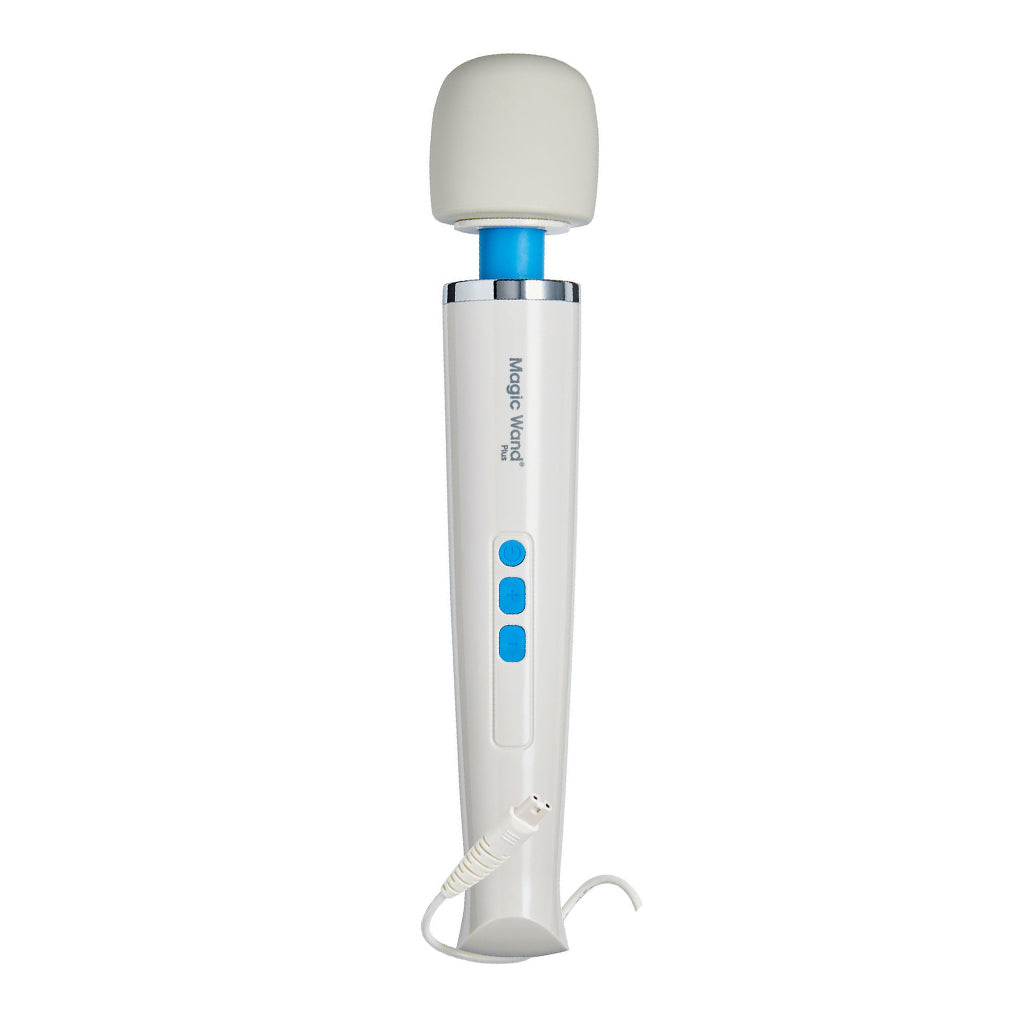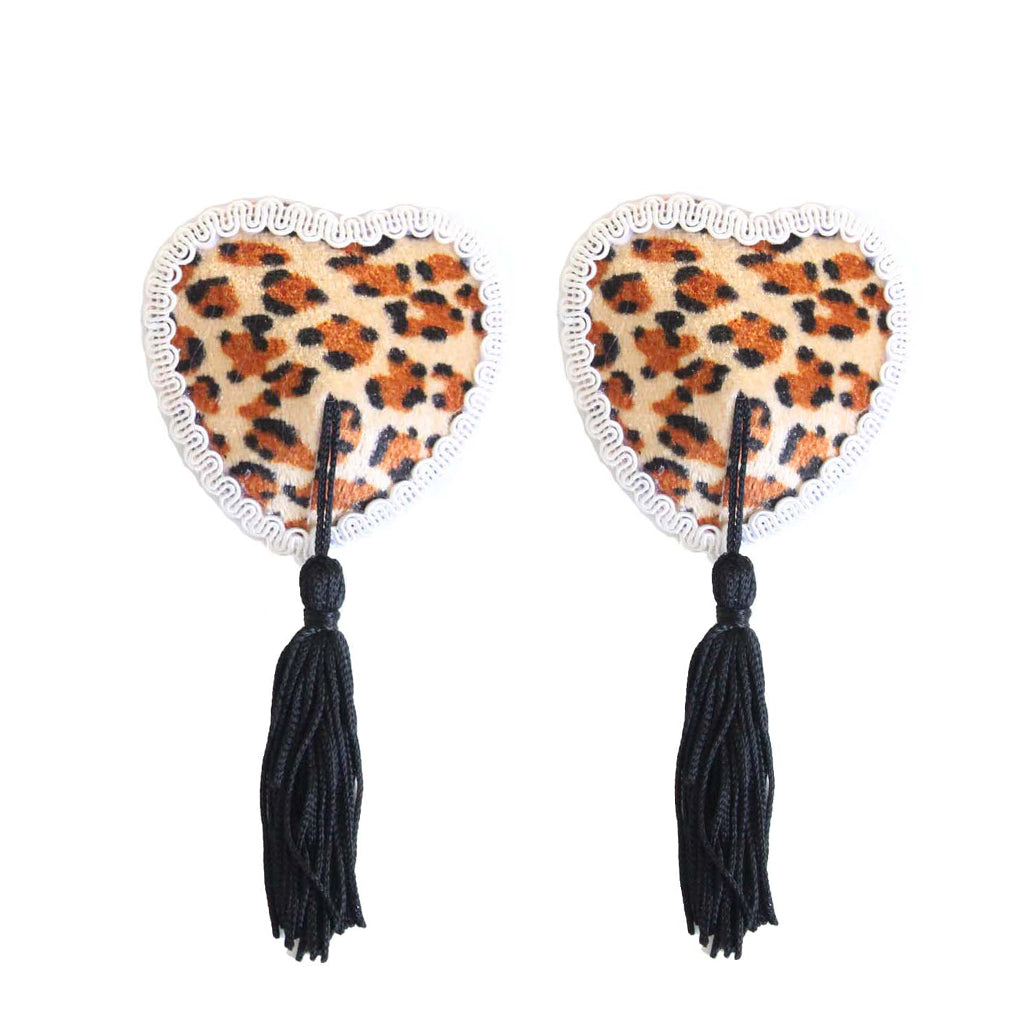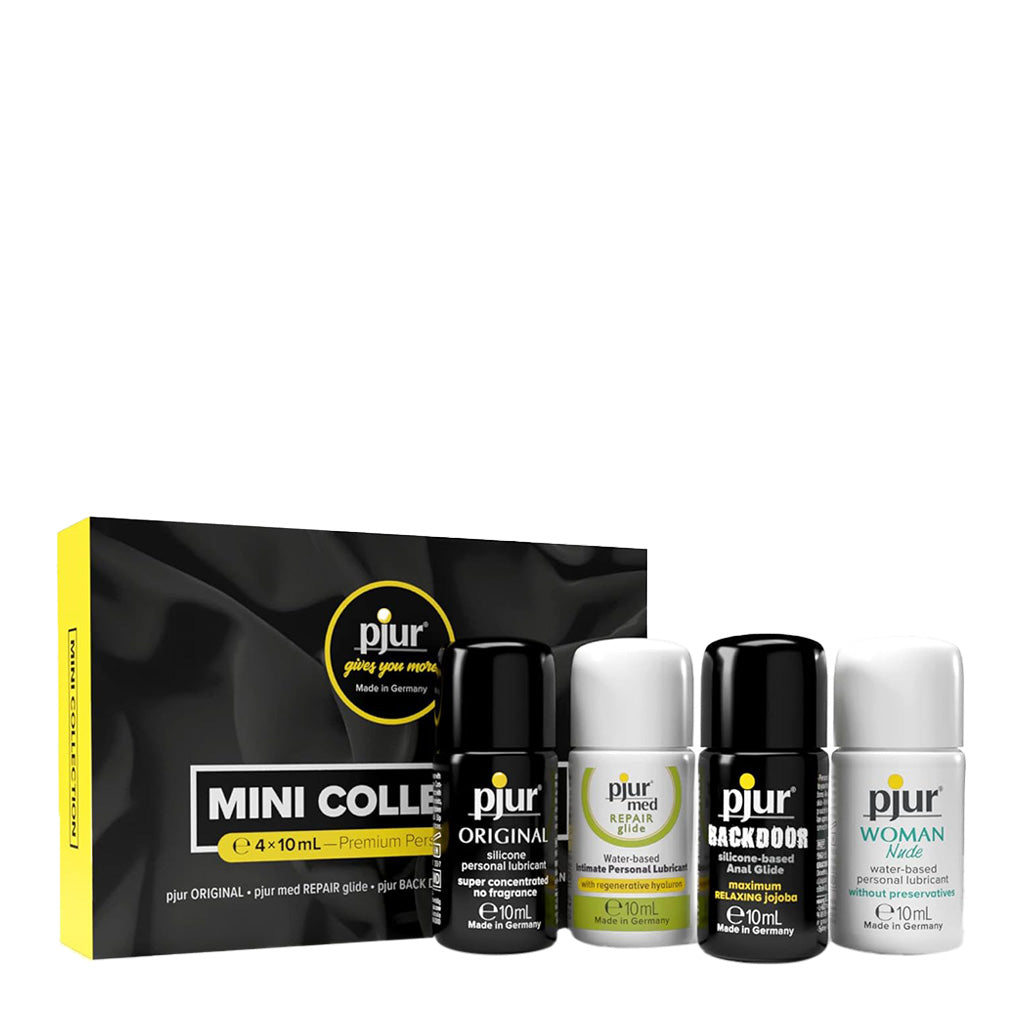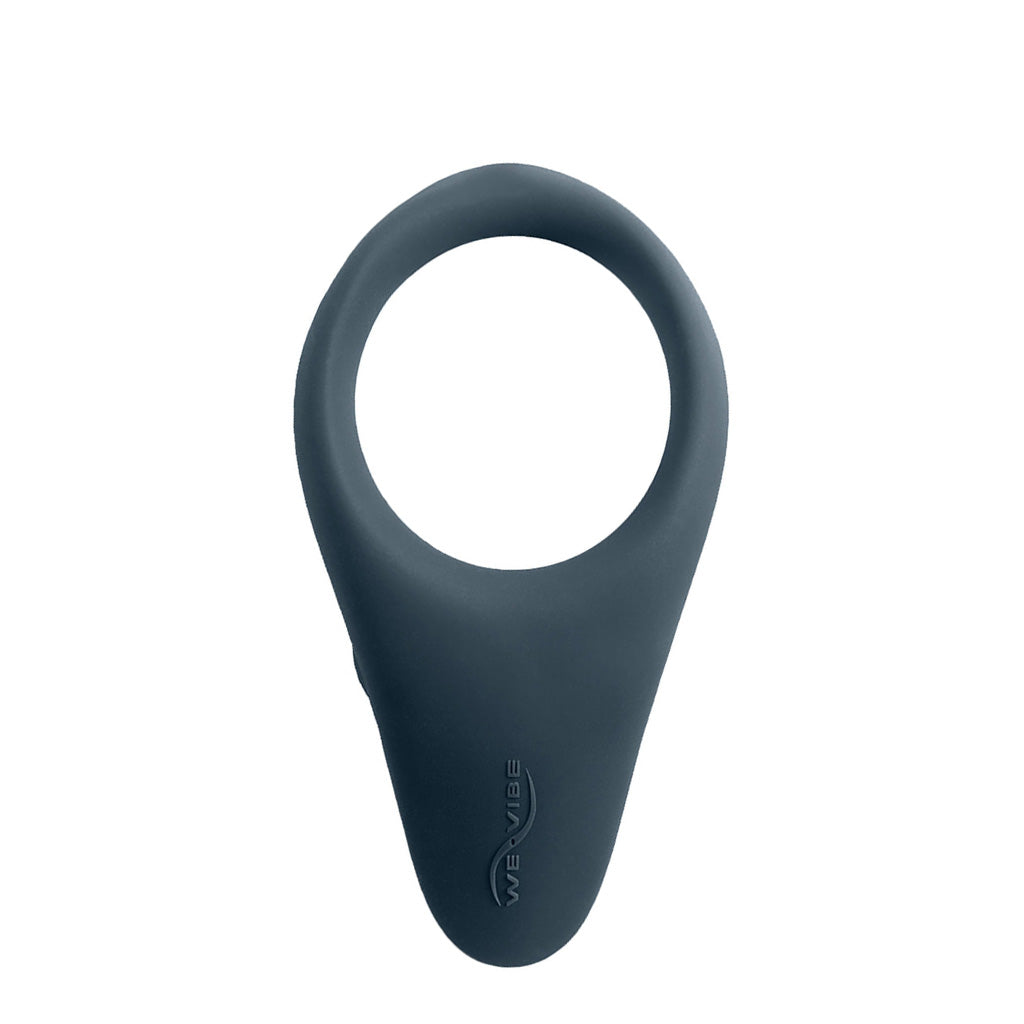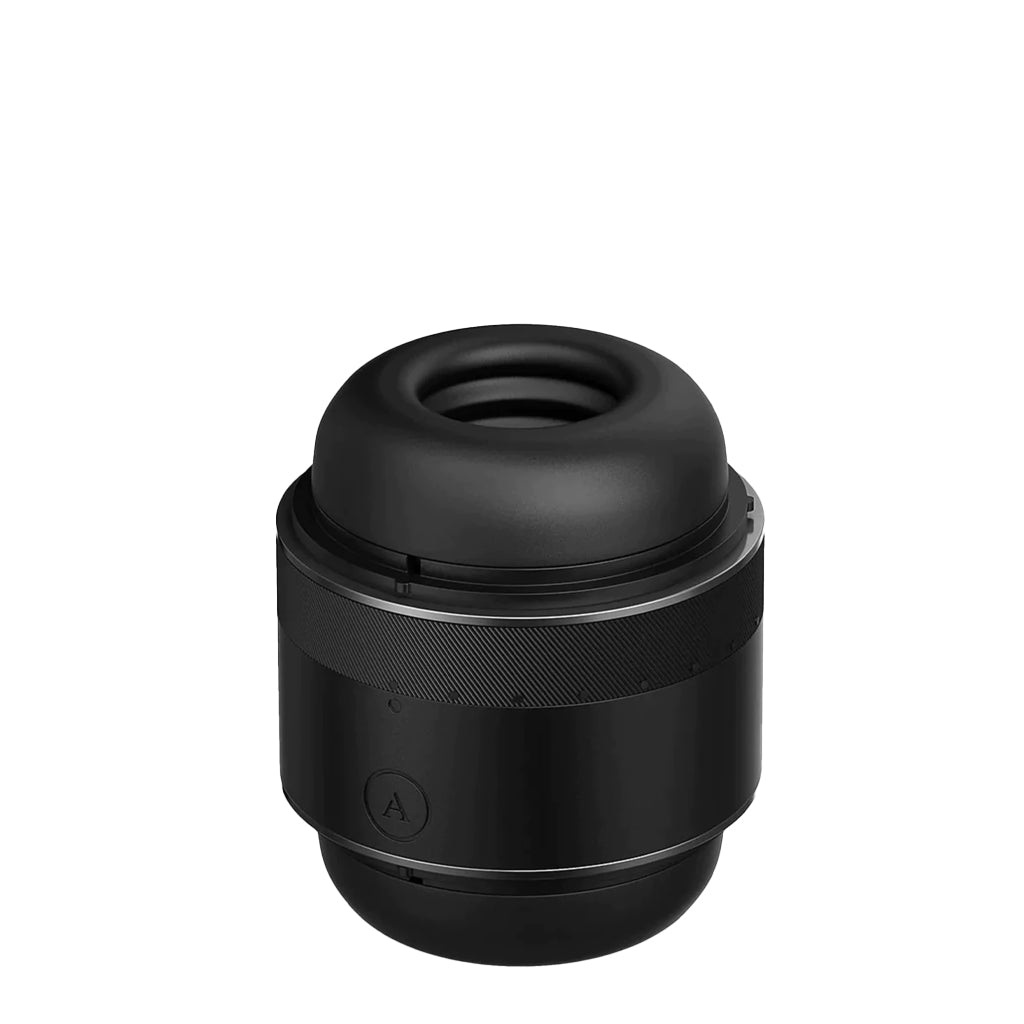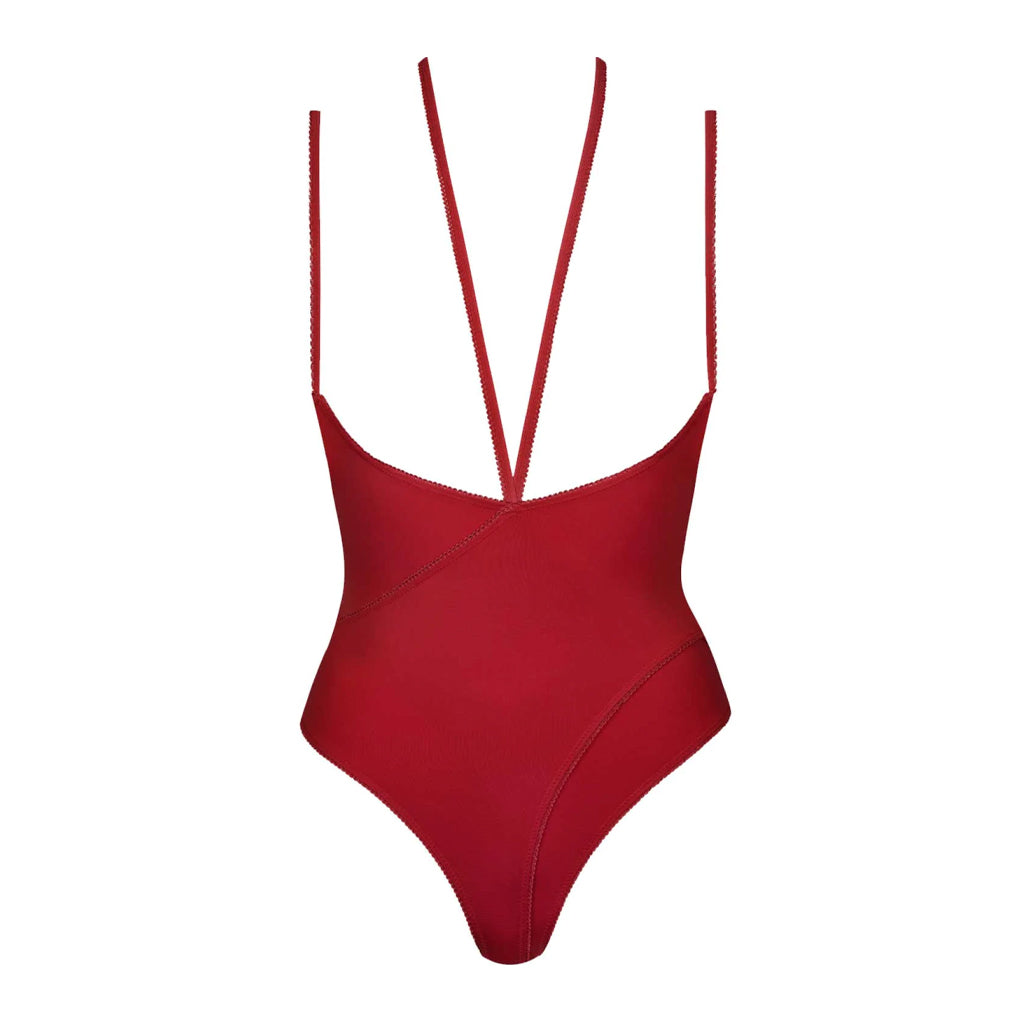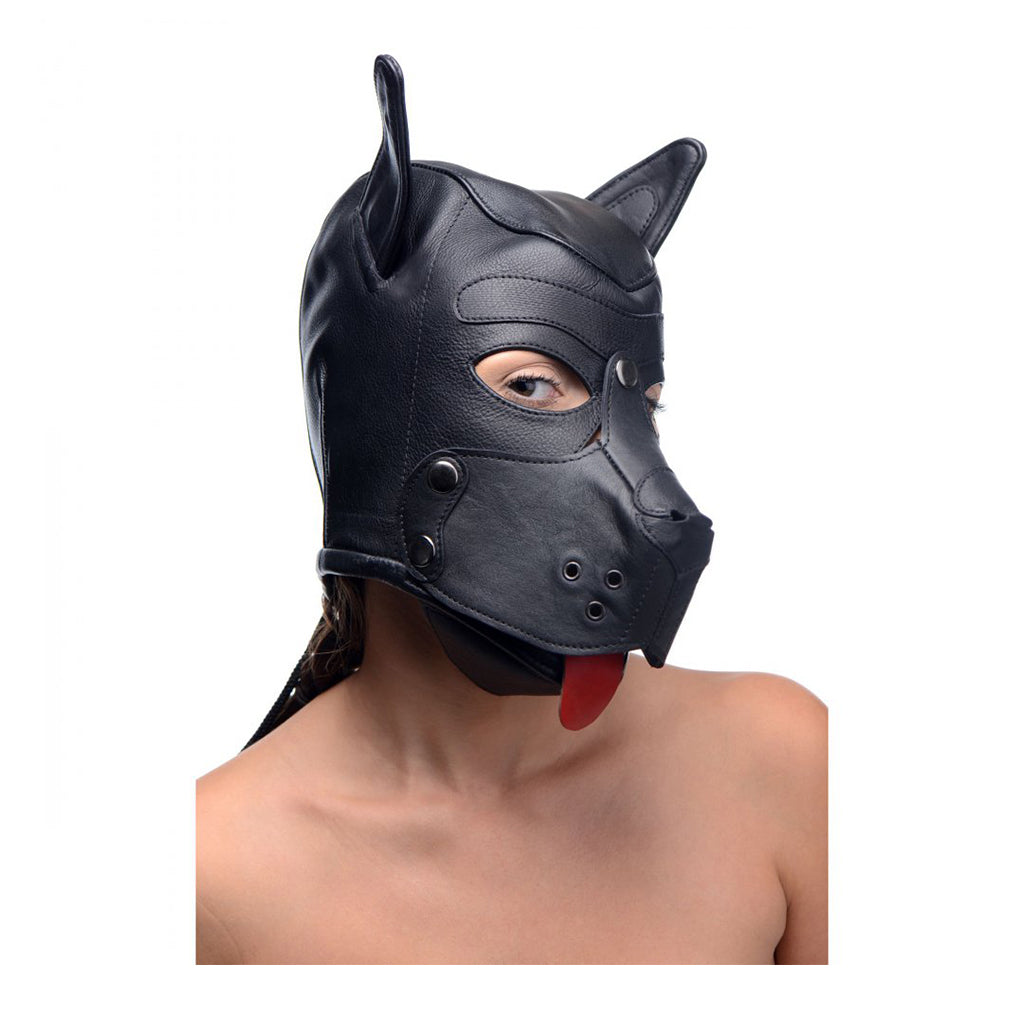
Ah the ol’ gender convo, we meet again. Whether you’re new to the topic, or it’s old hat for ya, this is an article for the purpose of educating and learning together. So if it happens that you haven’t ever thought or considered gender for yourself or others, please keep reading! There’s a lot to unpack but we promise it’s worth it. For the many who are already across these topics, we’d just like to say thank you for the hard work you've put in already, ya pack of legends.
Let's begin! G'day, my name is Lucy, and I use she/they pronouns. I'm going to say straight up I am far from an authority on gender matters, but let's take this article as an opportunity to work through gender together, hey? As a disclaimer this article is written from the voice of someone who is predominantly an ally, and I acknowledge the privileges awarded to me as a cis-presenting/identifying human. Although I've consulted many people in the LGBTQIA+ community to aid and inform the writing of this article, this is piece is one guide of many, not gospel!
Gender: an ever evolving concept
Expanding our binary understanding of gender is becoming more and more common in the Western world, even outside of queer spaces. So common that in many dictionaries, including Merriam-Webster and Oxford dictionary, the singular ‘they’ has been included. In fact, it was awarded ‘word of the year’ in 2015 by the American-Dialect Society. We have more and more venues opting for neutral or non-gender defined bathrooms in restaurants, bars, and workplaces. In many parts of the world we can now be gender-unspecified on legal documents, including passports and birth certificates.
It is important to note that many cultures have had understandings of non-binary or transgender identities for much longer than the term ‘queer’ and western notions of gender have been around for. In Samoan culture ‘Fa’afafine’ has been used for non-binary or third gender identities, ‘two-spirit’ has been used by Native American tribes, ‘Hijra’ in India, and ‘Brothaboy’ and ‘Sistagirl’ in First Nations communities. As well, the way we understand gender roles in (white) Australia is very much a hangover of colonisation. Gender is not the same everywhere, and gender roles are not the same everywhere.
Despite the world not being a perfect space, and far from being a completely safe place for transgender and non-binary humans, conversations are broadening around the topic of gender, and the non-gender specific identities are coming in hot for 2020. But, for those of us not living and breathing a non-normative life, what should we be considerate of? How can we be good allies?
Aight, now we've made it through the intro let's do this.
Gender binary: What does that even mean???
The term binary is simply a term meaning two things. In binary code, we consider a structure that exists as one of two numbers - 0 or 1. In a social context, we consider the term more interpersonally and culturally: gender, race, religion, socioeconomics, etc.The problem with binary thinking is that it locks us into thinking in one of two ways - there's no space for grey area. And as we know, grey is usually where the good sh*t happens. More seriously, binary thinking is a tradition of the oppressor (namely white, patriarchal, colonial, affluent) and keeps us working under these oppressive traditions. Binary thinking is unfortunately more than thinking simplistically, it is a way of understanding the world that continues to marginalise certain communities, whether we realise it or not.
If you think about it, we were brought up understanding almost everything in our world through a binary definition: good and bad, night and day, a cat is a cat because it is not a dog, etc. Things are defined by what they are not. It can be hard breaking out of thinking in a binary manner, but let me tell y’all now, it is way more fun to view the world through a more diverse lens.
For those of us who exist outside of a male/female dichotomy, it can be more than a ‘fun’ way to view the world. It is an identity, who we are, not just how we think. Everyone experiences gender differently, even those who haven’t given it much thought. So, if someone lets it be known that they are non-binary, transgender, or not cisgendered, please don’t tell them otherwise! This is a forceful and direct display of disrespect. It is telling someone that you know better than they do about their own bodies, identities, beliefs, and emotions. Consider to what extent is it your right to redefine their gender? If the answer is not zero, then you may need to think again and again until you get there.
The dress code
Another tricky one to unpack is the relationship of clothing and gender. Again, in Western cultures we get taught gender expression through our attire from very early on, but it is important we decode this symbology. Someone wearing lipstick or a dress does not, in fact, make a gender! In short, it’s good practice not to equate someone’s physical aesthetic or personal style with gender.
On that note, genderless pronouns or gender-neutral pronouns doesn’t mean someone has to start dressing in a certain way. Although in many queer communities, as expressed in The Hanky Code, coding our bodies can allow for people to identify one another without having to ‘out’ themselves. But even in queer spaces, a certain haircut, body hair, or body type should not assume who that person is or how they identify, be it gender or sexuality.
Some definitions to get ya noggin’ around
-
Gender: For many, gender is a term that includes two things: male or female. But, as we now know, gender encompasses more than just two. It is important to remember that we are taught gender. We are assigned a sex and gender at birth (usually), and continue to be taught the societal norms of that gender throughout our lives. This is an example of binary learning, and this changes from culture to culture. Think pink for girls and blue for boys: nothing about the colour blue is inherently male, other than the meaning we have culturally embedded it with.
-
Sex: Sex is not the same as gender. We are assigned a sex at birth, usually male or female, determined by our biological/anatomical makeup. ie penis equates to male, vulva equates to female.
-
Intersex: Again, this is a biological definition of someone who is born with ‘male’ and ‘female’ anatomy. Unfortunately, it isn’t uncommon for children to be forced into surgeries or hormones to form their bodies as ‘male’ or ‘female’ when they are born intersex.
-
Transgender: Someone whose gender is not the one they were assigned at birth.
-
Non-Binary and Gender Queer: These terms are broad and coined differently by different people and communities. Often it can include people who consider themselves non-binary (ie not strictly male or female), people who transgress, subvert, or redefine their gender outside of the binary of male and female, or people who live outside of gender completely.
-
Genderfluid: A human who moves between genders, and doesn’t stick to any one gender permanently.
-
Gender Identity: How someone personally and internally defines their gender - male, female, fluid, neutral, demi-gendered (someone partially connected to a gender), agender (genderless, lacking gender, non-gendered)… etc etc. We all have a gender identity, it is not always going to be what we were assigned at birth, and it may change throughout a lifespan.
-
Gender expression: How a person externally presents their gender; the way they perform gender. This can be through speech patterns, clothing, mannerisms, social behaviour etc.
-
Titles: ‘Mx’ has started being used as a neutral alternative to Ms/Miss/Mrs/Mr.
-
Non gender-specific pronouns: They/them/their is very common, particularly in Australia. But other pronouns have been cropping up, such as ze, sie, or hir. Other people are preferring to be addressed by their name, and not with any kind of pronoun.
Of course, as is the way with language, these will not be definitions that stay true forever. Language changes. Definitions change or become outdated. So to be a good ally, we’ve gotta strive to keep updating our knowledge to the best of our ability. Self-educating and listening to those in the community - ie with lived experience - is the go!
The golden rules of being a good ally
Most of us want to do the best for the people around us, but sometimes this can take a bit of grunt work. To be a good ally we need to actively work towards bettering ourselves and our knowledge, and using our voice and power to rectify the mistreatment and oppression of different communities and identities outside of our own. The aim of the game is to have more openness, kindness, and consideration towards one another, even if something or someone can be hard to understand at first.
Some places to start
-
Be an advocate every day! Many of us have privileges not afforded to others, so please, if we feel safe to do so, standing up for others who may not have space or safety to speak or defend themselves is very powerful. Just remember, we should never speak for someone, speak beside them or, better still, platform their voice over your own and back them.
-
Don’t take up or take away space. Listen. Show respect. One of the ways we will learn is by listening to the lived experiences of others.
-
Introducing our pronouns when we meet someone new, even if we think we’re in a predominantly ‘cis’ space. The sooner this becomes normalised the easier and safer it becomes for the rest of us.
-
Be wary of outing people - double check if someone is ok having their gender or pronouns shared. Not everyone is comfortable or safe having their gender known by everyone, especially in their family/workplace/church etc. Introduce yourself and your pronouns (if you feel safe doing so) and this opens up the space for others to as well.
-
Getting into the practice of using neutral pronouns for people you don’t know, or who haven’t specified their gender or preference. This allows people not to be constricted to binary assumptions of gender and the performance that surrounds it, and further develops understanding in our community.
-
Hopefully it goes without saying… but never use ‘It’ to identify someone. ‘It’ is a slur, stripping a human of their identity completely.
-
Genitalia does not make a gender. It’s also not our place to ask about this… It’s none of our business!
-
And finally, please don’t expect knowledge to be imparted on you by those in the LGBTQIA+ community. It’s good for us to do our own research where we can, read, watch, or listen to the work of queer people, put money into seeking out knowledge (paying for talks, conferences, buying literature, films, television etc.), or asking other allies who have done the leg work already. Asking for education from people in the community can be emotionally taxing, and no one is getting reimbursed for the time and energy it takes to answer these questions. Google is a great resource!
This can all seem like a lot to take in, and by all means this is a difficult space to navigate. Know that we all have to start somewhere, and we shouldn’t give up because we don’t understand. Sometimes our questions will be met with frustration from those in LGBT+ spaces, and we have to be considerate of this emotion, and try not to be reactionary or defensive. For many, these topics are very personal and very close to home, and anger is justified when you’ve been mistreated for so long. Let’s acknowledge our ignorance, strive to keep learning, and push forward on our gender quest with love, sincerity, and humility.
Hit us in the comments for any good resources you'd like to share, personal insights, or if we have slipped up in any way in this article.



